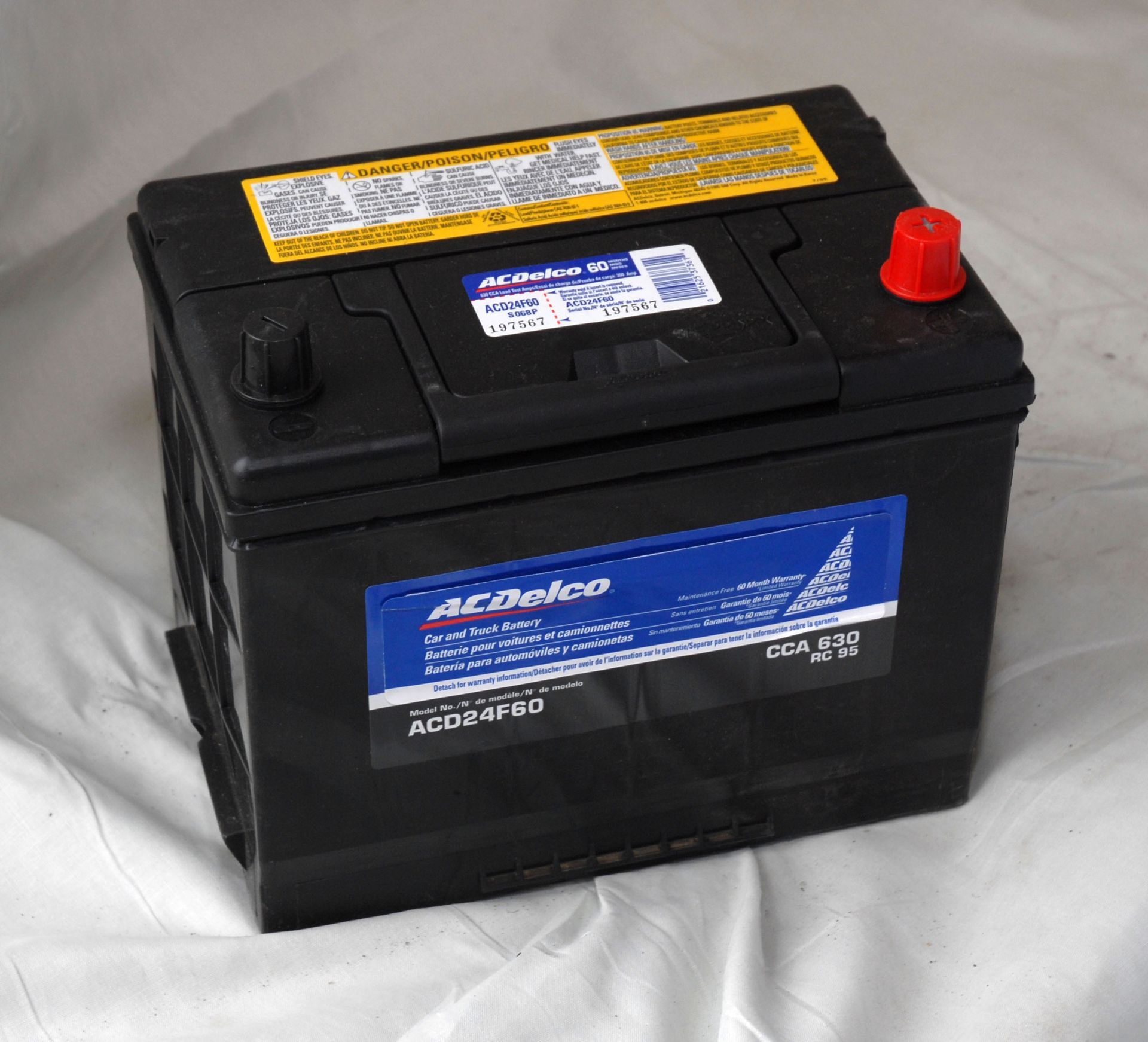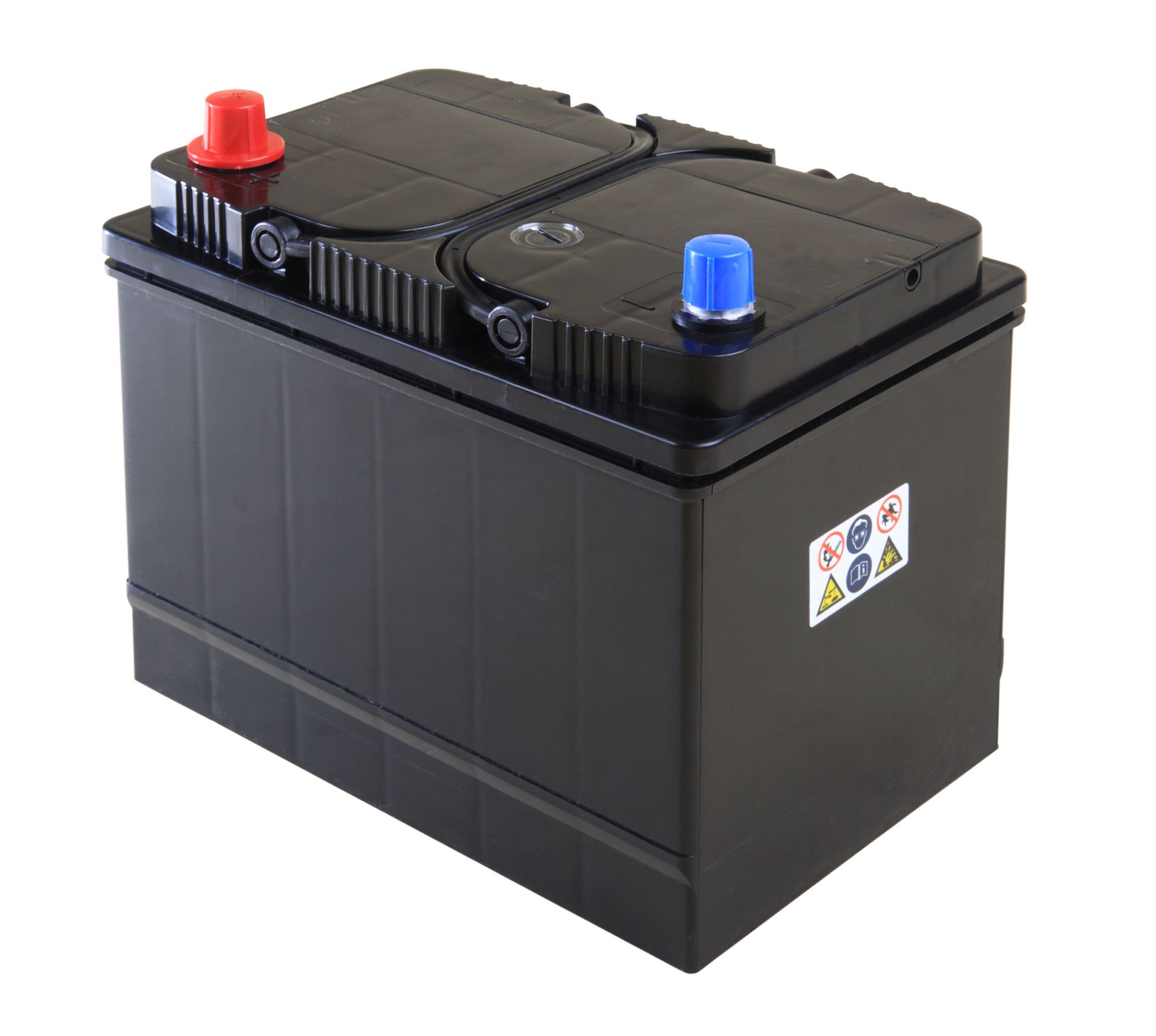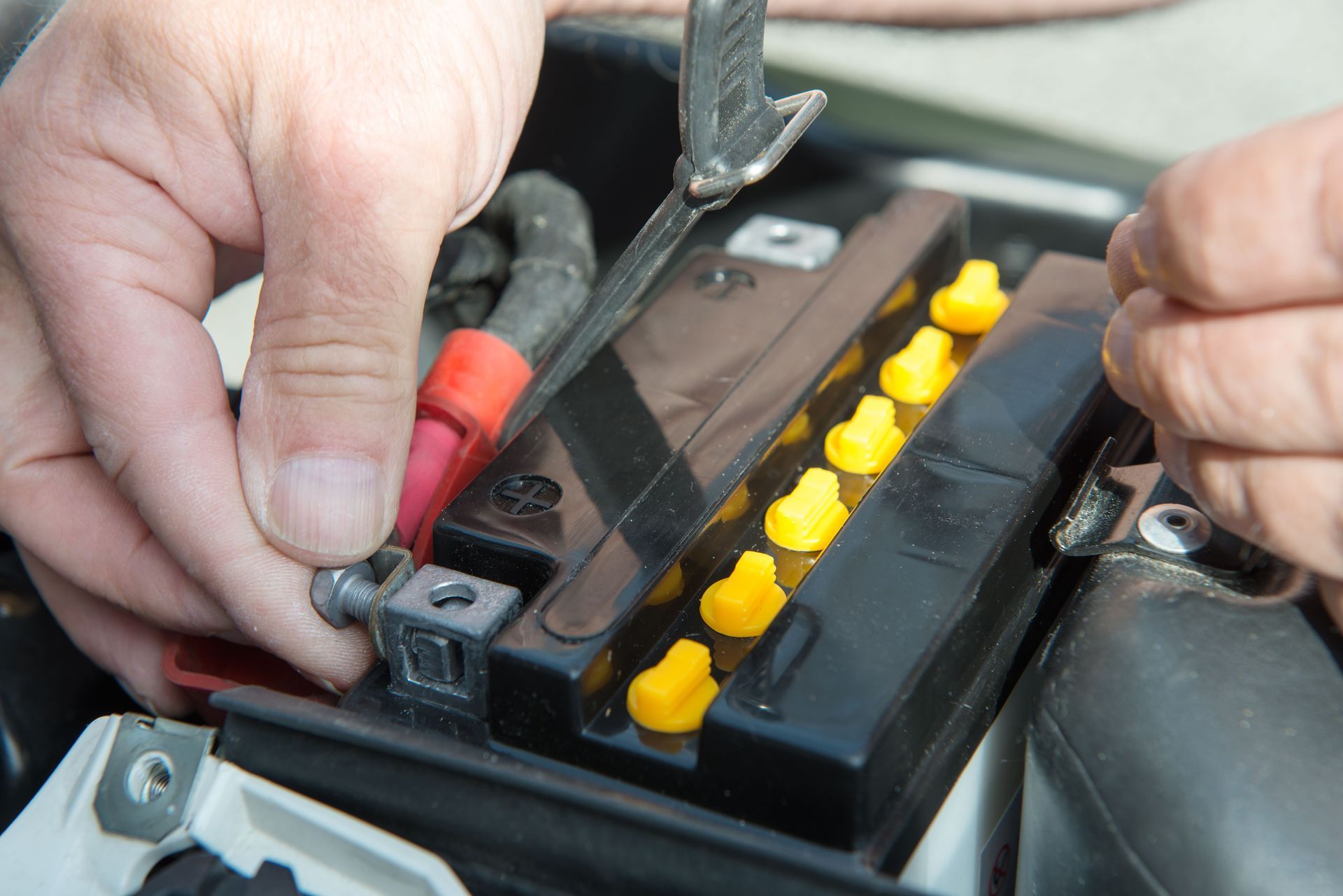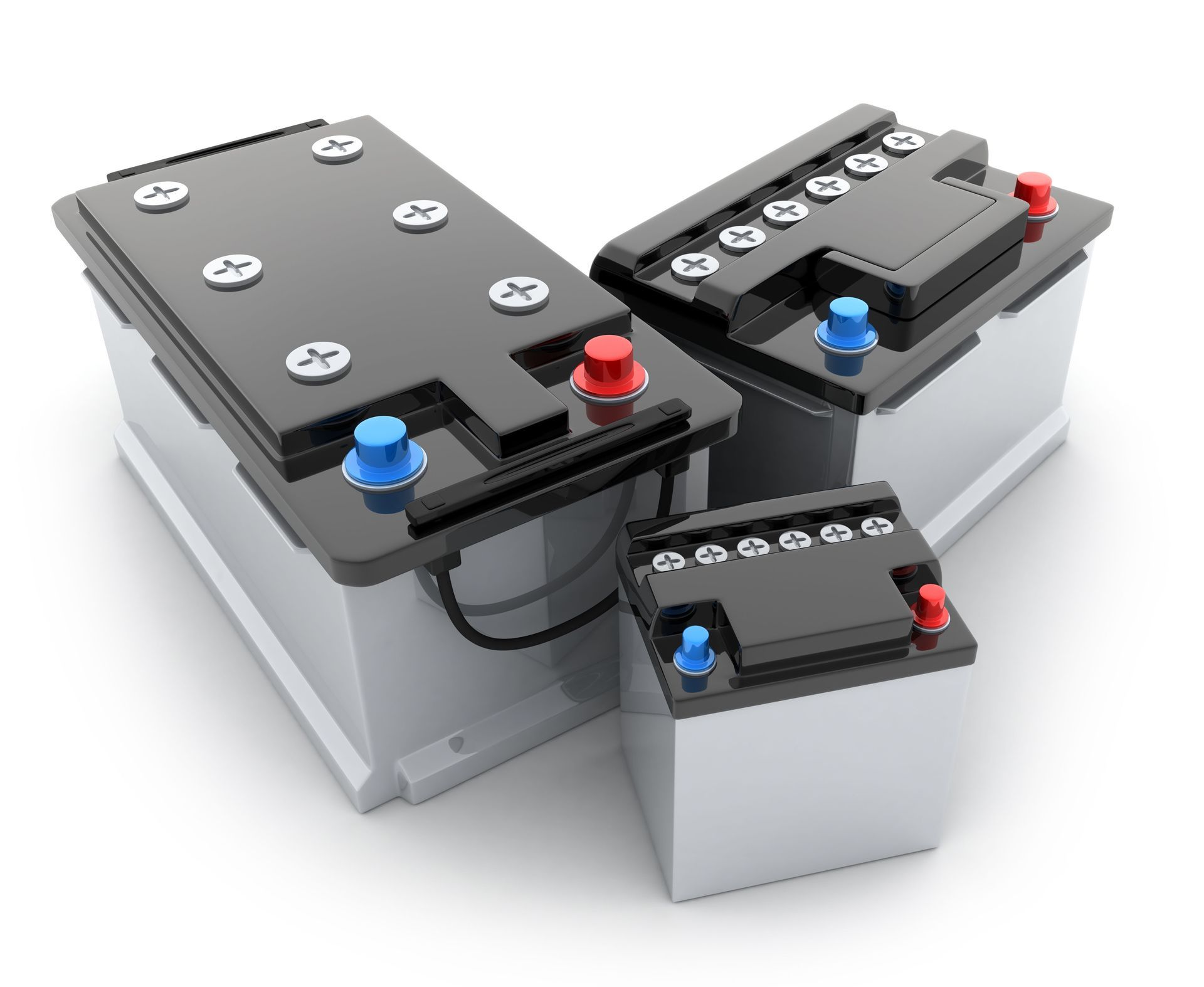What’s Driving the Demand for Batteries Globally?
Highlights:
- Electric vehicles, grid storage, and consumer electronics are the primary engines of battery demand.
- Policy incentives, falling costs, and new chemistries are accelerating adoption across sectors.
- Energy access, backup power, and mobility micromodes add powerful secondary demand streams.
- Industrial tools, logistics fleets, and smart devices deepen everyday reliance on stored energy.
- Recycling, safety standards, and supply-chain localization shape how demand is met sustainably.
Global Demand Overview
Battery demand is soaring as electrification becomes the default solution for mobility, power resilience, and digital life. In transportation, batteries unlock zero-tailpipe-emission vehicles and help cities manage air quality. In energy, they stabilize grids with fast response to renewable variability. At home and work, they power everything from laptops and phones to power tools and medical devices. The result is a reinforcing cycle: as more products depend on portable or stored energy, manufacturers scale production, costs fall, and new use cases emerge—expanding demand even further across regions and industries.
Electric-Vehicle Adoption
The single biggest driver is the global surge in electric vehicles (EVs). Nations are tightening emissions standards, automakers are releasing more models at lower prices, and charging networks are expanding—making EVs more practical for daily life. According to International Energy Agency (IEA), EV sales growth remains a core engine of battery demand, with traction batteries accounting for the largest volume of new capacity each year. As fleets electrify—taxis, rideshare, delivery vans—utilization increases, accelerating pack replacements, recycling flows, and the supporting ecosystem around batteries.
Grid-Scale Storage for Renewables
Electric grids are transforming as solar and wind gain share. Batteries solve two hard problems: smoothing intermittent generation and providing ultra-fast frequency response during disturbances. Utilities deploy four-hour systems to shift daytime solar into evening peaks and longer-duration systems for multi-hour reliability. According to BloombergNEF, additions of utility-scale energy storage are projected to grow 35 % this year—setting a record—and annual additions may reach 220 GW/972 GWh by 2035. As storage bids win capacity auctions and replace peaker plants, orders multiply, standardization improves, and costs per installed kilowatt-hour continue to trend down.
FAQ
What sectors use the most batteries today?
The transportation sector leads global demand due to the rapid growth of electric vehicles. Following that, consumer electronics and grid storage applications account for large portions of use. Industrial tools and energy backup systems are also expanding their share of total battery consumption.
Are EV batteries creating most of the growth compared to electronics?
Yes. EV batteries represent the majority of growth because of their size, energy density, and replacement cycles. While electronics have stable demand, vehicle batteries require thousands of cells per car, driving large-scale production and investment.
How do grid batteries make renewables more reliable?
Grid-scale batteries store excess solar or wind energy when generation is high and release it during low production periods. This balances supply and demand, stabilizes frequency, and reduces reliance on fossil-fuel backup plants.
Consumer Electronics and IoT
Phones, laptops, wearables, and tablets remain a foundational base of battery demand. But the Internet of Things extends that base into sensors, smart home devices, point-of-sale terminals, and healthcare monitors. Each new wave of mobile computing increases the number of devices per person and per household, multiplying installed cells. Fast charging, higher energy densities, and safer chemistries give device makers flexibility to slim designs or extend runtime. As software and connectivity push features that require more power, batteries become a feature, not just a component—helping products differentiate on endurance.
Industrial and Logistics Electrification
Warehouses, factories, and job sites now rely on battery-powered tools, autonomous mobile robots, forklifts, and pallet movers. Logistics fleets electrify yard tractors and last-mile delivery vehicles, cutting fuel costs and local emissions while adding telematics control. Swappable packs and rapid charging reduce downtime, making batteries a productivity lever as well as an environmental solution. Safety requirements—thermal management, robust enclosures, and certified packs—drive professional-grade adoption. As companies target decarbonization goals, electric equipment replaces internal combustion engines across more duty cycles, shifting significant demand from fuels to batteries.
Energy Access and Resilience
In many developing regions, batteries paired with solar bring reliable power to communities beyond the grid, unlocking education, commerce, and healthcare. According to the World Bank, decentralized energy solutions — including solar-plus-storage mini-grids — are helping expand modern energy access and improve service reliability in remote areas. In advanced economies, resilience is equally potent: households and businesses add battery backup to ride through outages, protect refrigeration and servers, and avoid peak rates. Whether for first-time access or continuity, dependable stored energy converts need into durable demand.
FAQ
Do home batteries really lower electric bills?
Yes. Home batteries can reduce utility costs by storing energy during off-peak hours and discharging during high-rate periods. Some systems also allow homeowners to sell surplus energy back to the grid through net metering programs.
How do off-grid systems use batteries at night?
Solar panels charge batteries during the day, and stored energy powers appliances after sunset. Properly sized systems can maintain lighting, refrigeration, and communication devices throughout the night or during cloudy weather.
What makes industrial battery packs safer on job sites?
Industrial packs include built-in battery management systems, rugged enclosures, and temperature sensors that prevent overcharging and overheating. Certification by agencies like UL or IEC confirms compliance with strict safety standards.
Safety, Standards, and Trust
As installations scale, the market prioritizes safety and consistent performance. That means rigorous testing, certified pack designs, and smarter battery management systems that prevent overcharge or thermal runaway. Clear labeling and compliance frameworks help builders, electricians, and consumers trust products for homes, vehicles, and workplaces. Insurers and code officials increasingly require certified systems, steering demand toward reputable suppliers. The more stakeholders value quality and traceability—from cell suppliers to recyclers—the more capital flows into compliant factories, boosting overall capacity while raising the bar for products entering the market.
Costs, Chemistries, and Innovation
Declining costs continue to unlock new applications. Manufacturing scale, learning curves, and process improvements reduce dollars per kilowatt-hour. Meanwhile, chemistry diversification spreads demand: LFP dominates cost-sensitive, durable applications; NMC offers high energy density for range; and sodium-ion emerges for stationary and price-driven segments. Solid-state, silicon-rich anodes, and advanced electrolytes target safety and density gains. Thermal design and pack architecture also improve serviceability and lifecycle cost. As options broaden, buyers can tailor batteries to duty cycles and budgets—growing total addressable markets across consumer, mobility, and grid sectors.
Policy, Incentives, and Localization
Public policy amplifies demand by reducing upfront costs, funding charging networks, and setting procurement rules for clean fleets and resilient infrastructure. Industrial strategy encourages domestic supply chains—active materials, cells, packs, and recycling—shortening lead times and stabilizing prices. Trade rules and content requirements nudge investment in local factories and workforce training. These measures don’t create demand alone, but they accelerate it by lowering friction and risk. As more jurisdictions compete to anchor battery value chains, global capacity expands, lead times tighten, and project developers gain confidence to scale faster.
FAQ
Which battery chemistry is best for daily home cycling?
Lithium iron phosphate (LFP) batteries are generally best for frequent cycling because of their long lifespan, thermal stability, and consistent performance. They also offer a safer and more cost-effective solution for home storage systems.
Will sodium-ion replace lithium-ion soon?
Not immediately. Sodium-ion batteries are emerging as a complementary option, particularly for stationary storage, but lithium-ion will remain dominant in vehicles and portable devices until sodium-ion technology reaches similar energy densities.
How do incentives affect total cost of ownership?
Government incentives and tax credits can reduce purchase costs, making battery installations more financially viable. Lower upfront expenses shorten payback periods, improving long-term return on investment for consumers and businesses.
Beyond Cars: Micromobility to Aviation
Demand increasingly comes from e-bikes, scooters, and motorcycles—affordable, efficient micromobility that eases urban congestion. Buses and trucks adopt larger packs to meet air-quality goals on fixed routes. Marine craft test hybrid propulsion and hotel loads. Early-stage electric aviation explores urban air mobility and short-haul cargo, pushing power density and safety benchmarks. Each segment has distinct cycle life, charging, and weight constraints, but together they enlarge the market. As charging standards evolve and depots add megawatt-class solutions, batteries become the connective tissue across diverse transport modes.
Business Models and Second Life
Service models—battery-as-a-service, fleet charging subscriptions, and performance warranties—reduce capital barriers and speed adoption. Lifecycle thinking also widens demand: second-life packs repurposed from EVs can serve stationary roles before recycling recovers materials. Better data from embedded sensors improves state-of-health tracking, unlocking financing and insurance products. These financial and technical innovations make batteries not just components but assets: they generate measurable services like peak shaving, demand response, and frequency regulation. As monetization pathways mature, more buyers justify larger deployments across campuses, communities, and commercial fleets.










Share On: